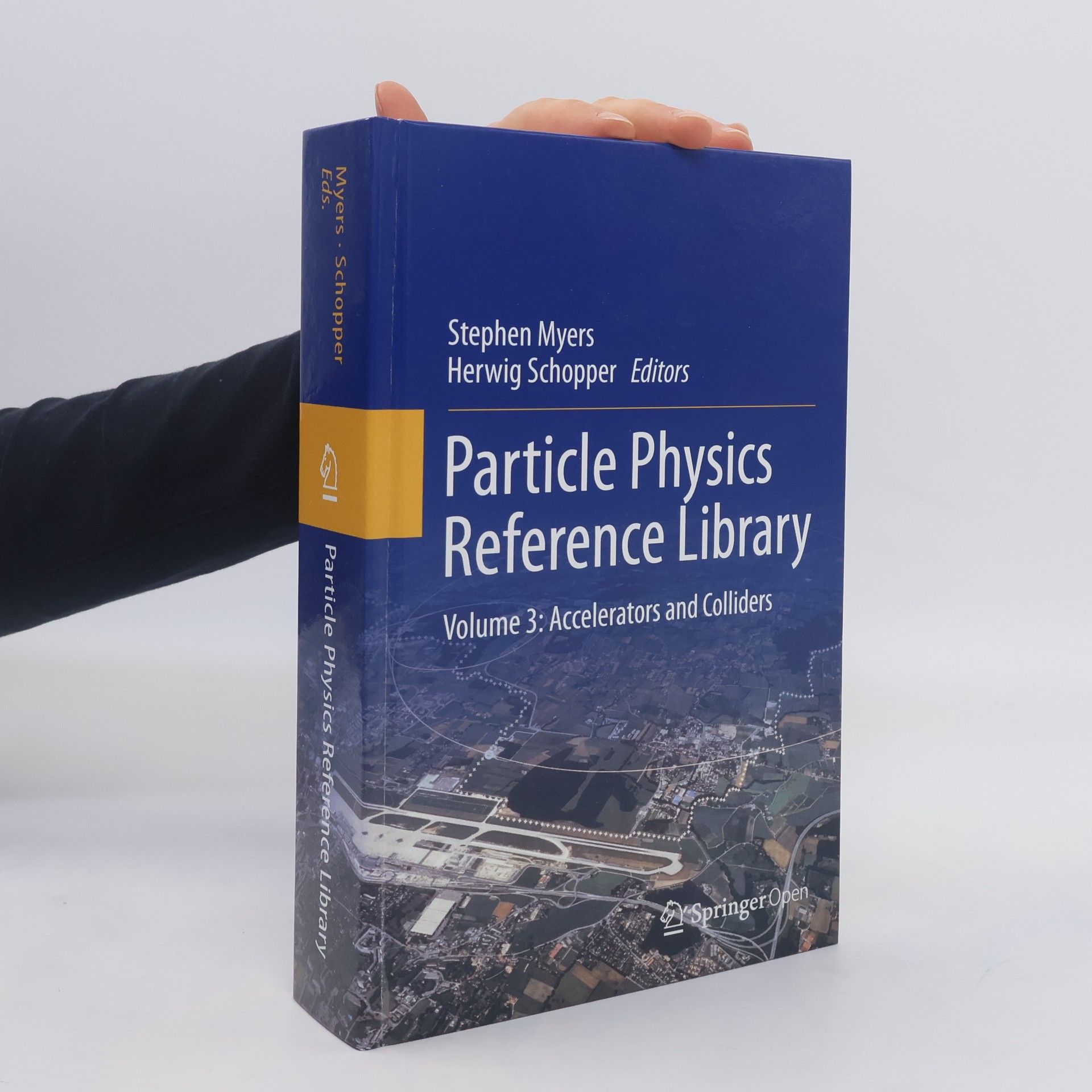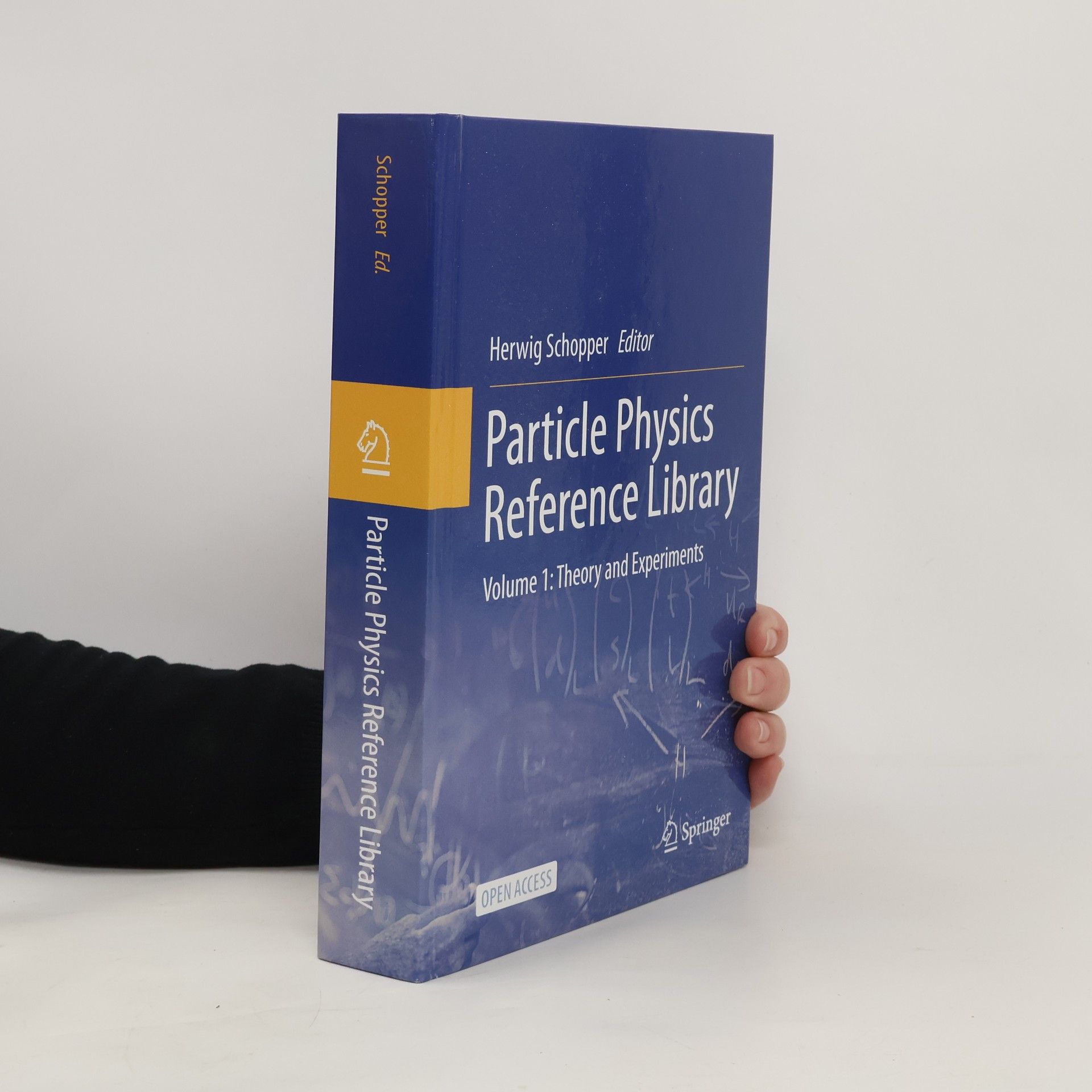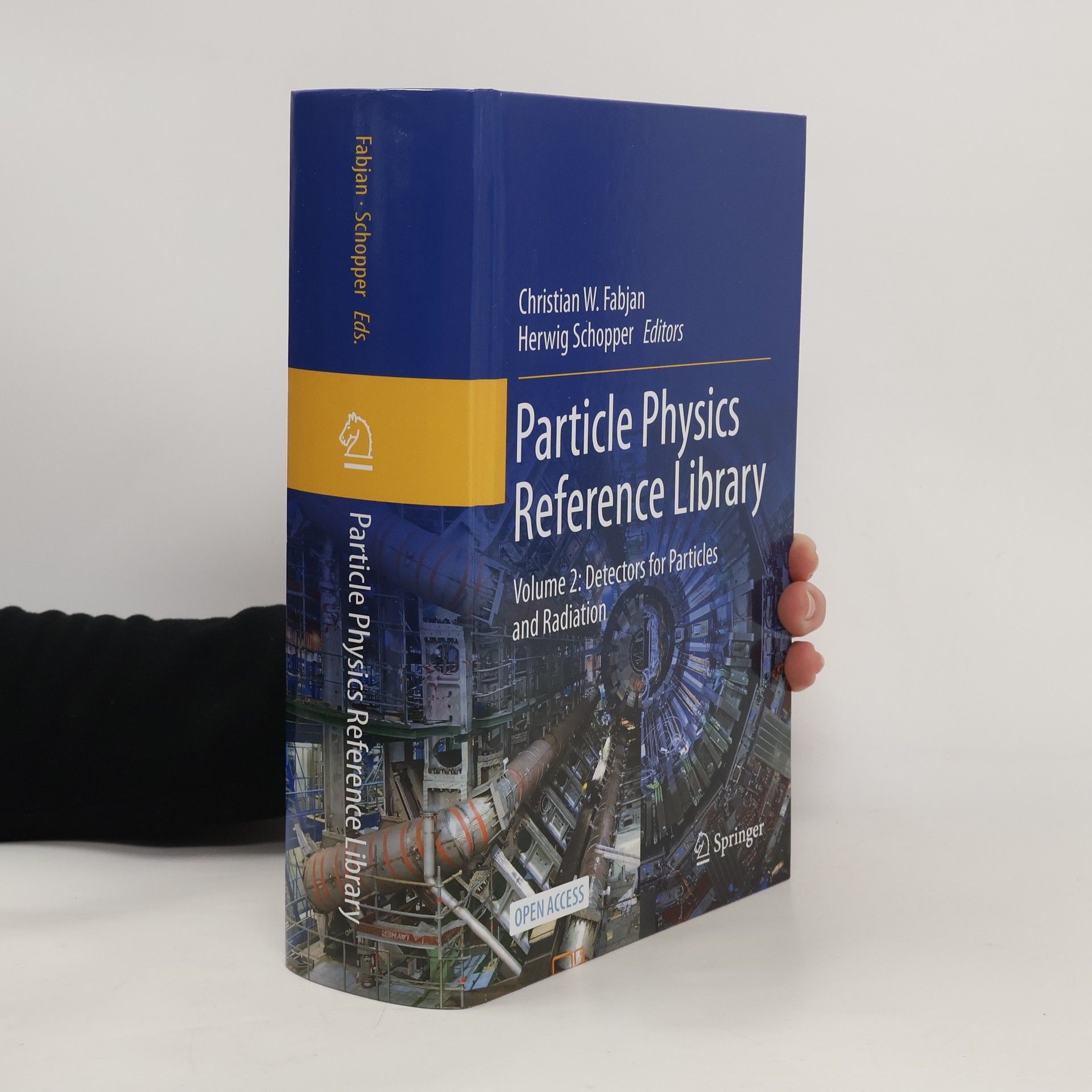The precise knowledge of production cross sections for specific radionuclides for medium energies (10 MeV to 100 GeV) of the incident particle gains ever more importance, not only for nuclear physics but also for many applications, e. g. astrophysics, radiation protection at accelerators but also on space flights, radioisotope techniques in medicine and for industrial applications and perhaps even for the removal of nuclear waste by accelerators. Since the last systematic review of these production cross sections in 1973 (LB I/5a, b, c) an impressive amount of new experimental data has been accumulated. In the present subvolume data for the production of radioisotopes by medium energetic deuterons, tritons and 3He-nuclei on various targets are presented in tables and figures, the latter showing the general trend of the cross sections and can be more readily used for interpolations. The origin of the authors made it possible to include data from the former USSR and other East European states which sometimes are not easy to access. The tables and figures have been compiled with extraordinary care and should present the most complete compilation for this type of nuclear reactions.
Herwig Schopper Bücher





Particle Physics Reference Library
Volume 2: Detectors for Particles and Radiation
- 1084 Seiten
- 38 Lesestunden
This second open access volume of the handbook series deals with detectors, large experimental facilities and data handling, both for accelerator and non-accelerator based experiments. It also covers applications in medicine and life sciences. A joint CERN-Springer initiative, the “Particle Physics Reference Library” provides revised and updated contributions based on previously published material in the well-known Landolt-Boernstein series on particle physics, accelerators and detectors (volumes 21A,B1,B2,C), which took stock of the field approximately one decade ago. Central to this new initiative is publication under full open access.
This first open access volume of the handbook series contains articles on the standard model of particle physics, both from the theoretical and experimental perspective. It also covers related topics, such as heavy-ion physics, neutrino physics and searches for new physics beyond the standard model. A joint CERN-Springer initiative, the “Particle Physics Reference Library” provides revised and updated contributions based on previously published material in the well-known Landolt-Boernstein series on particle physics, accelerators and detectors (volumes 21A,B1,B2,C), which took stock of the field approximately one decade ago. Central to this new initiative is publication under full open access.
This third volume of the handbook series deals with accelerator physics, design, technology and operations, as well as with beam optics, dynamics and diagnostics. A joint CERN-Springer initiative, the “Particle Physics Reference Library” provides revised and updated contributions based on previously published material in the well-known Landolt-Boernstein series on particle physics, accelerators and detectors (volumes 21A,B1,B2,C), which took stock of the field approximately one decade ago. Central to this new initiative is publication under full open access.
Herwig Schopper's life story spans a century of European history, offering a unique perspective as a witness to significant events. Born in Czechoslovakia in 1924, he has navigated a diverse career encompassing research, management, and diplomacy, with a strong influence from his work at CERN. This open access book intertwines personal memoir with biographical elements, highlighting his remarkable journey through pivotal moments in science and politics.